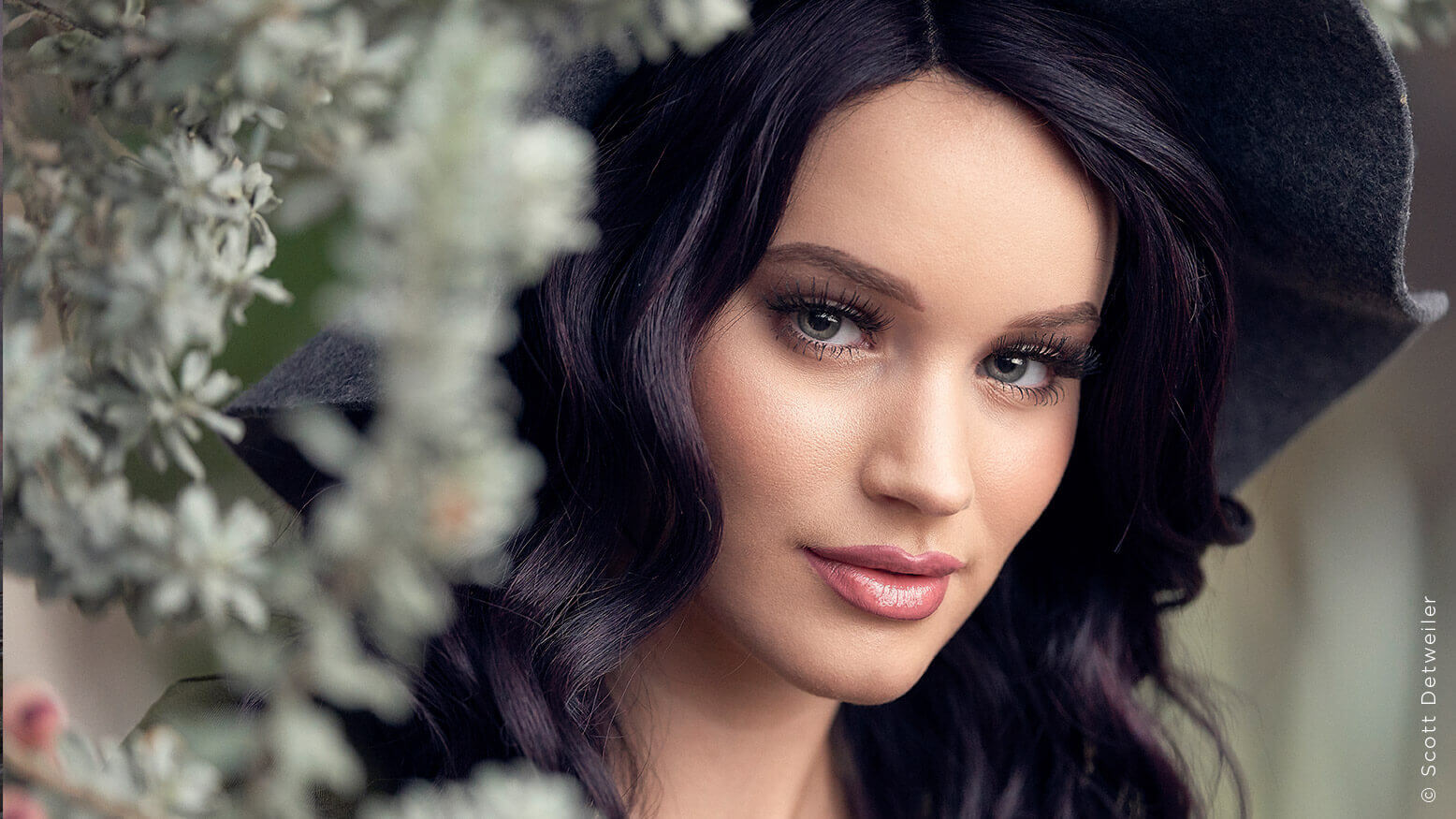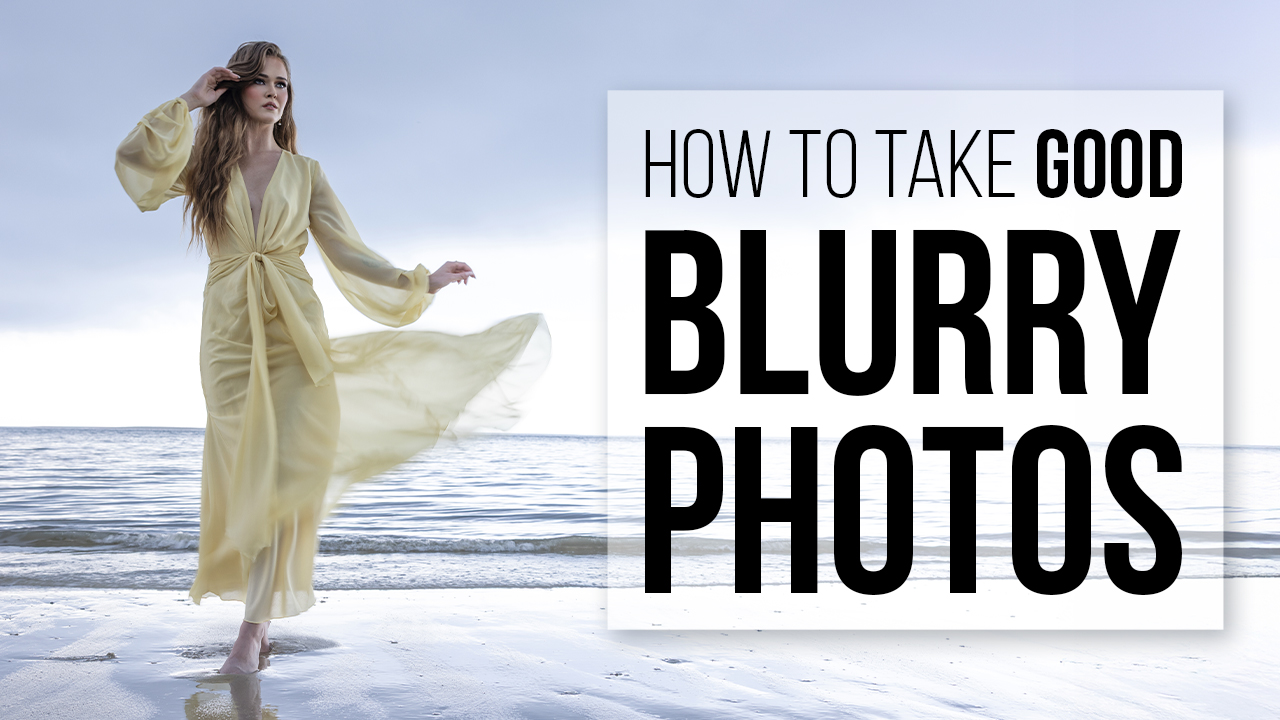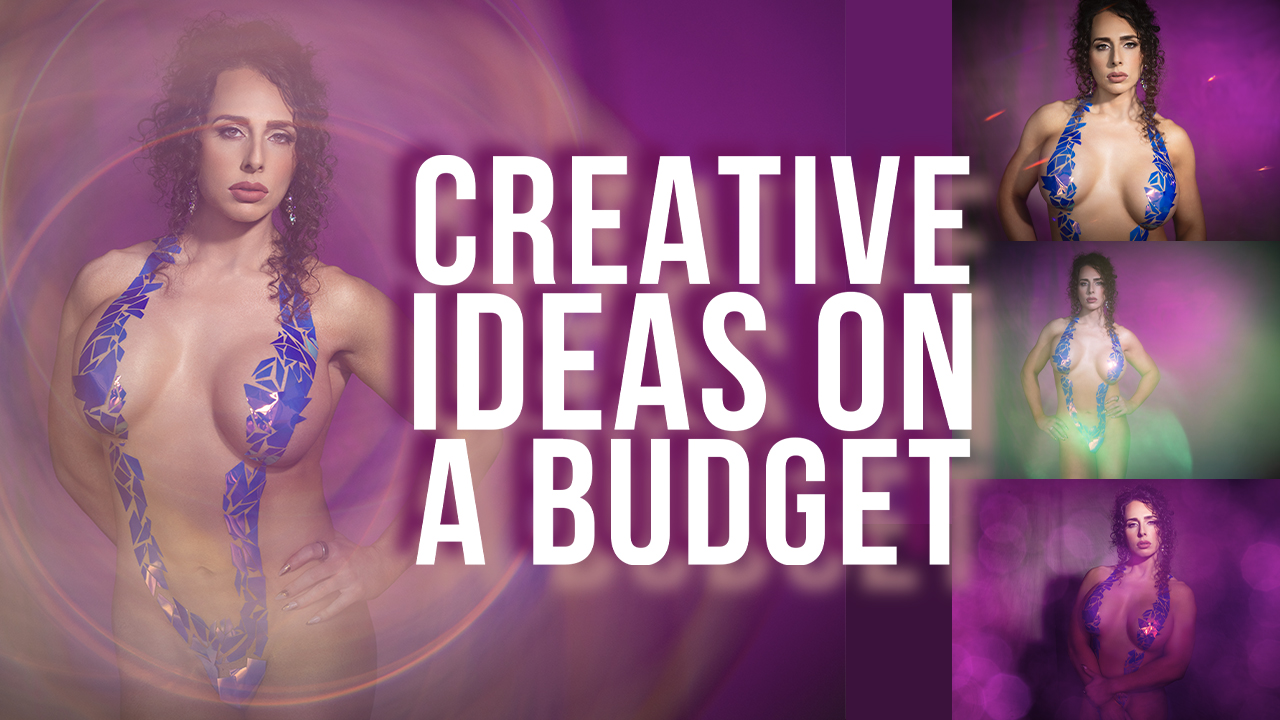How to Find Photography Inspiration with Scott Detweiler
Just like writers or painters, photographers can run into creative blocks and get stuck in a rut. These creative ruts can last days or even weeks, and in extreme cases of creative drought can also lead to loss of interest in photography altogether. But even if you are always busy with photography, new sources of inspiration can energize and invigorate your spirit and take your work in a new and unexpected direction.
Avoiding Ennui
“Ennui” basically means world-weariness. It’s when you get bored doing the same thing each day, and there is little to no excitement to make your life interesting. It’s that “sleep, eat, work” pattern when we notice we need a vacation. The same thing can happen in photography. Shooting tons of weddings or portraits can lead to a sense of repetition and the feeling of “wash, rinse, spin, repeat” that starts to set in and suck at your soul. Looking for ways to stretch creatively can add lifeblood back into the thing that drew you into photography to start with.
This article might help in ways you never expected. Keep in mind as you read it that I enjoy a more dramatic type of photo, so if you are into something more subtle, these ideas will apply but my examples may leave you shaking your head.
Shooting Outside Your Comfort Zone
Consider working with atypical subject matter. If you are a wedding photographer, shoot in a studio or in a controlled setting, like some fashion or bridal boudoir. If you are a portrait person, work with product shots or pets. Seek unique challenges. These exercises help keep things fresh and can lead to happy accidents. Over the past year, I was shooting a few products on the side for a small company, and I discovered so much more about lighting that it has opened a lot of creative doors in my portrait work. Lighting has a lot of nuances at the product level that are not obvious in a portrait, and that was an unexpected and enjoyable discovery.
Another fun exercise is to work with equipment that is new to you so you have to push yourself. Challenge yourself to shoot a portrait with a 16mm lens or light a scene with a speedlight and an empty spaghetti box. Using equipment that is comfortable is lovely for when things are going well, but when you need that break from reality, see what you can discover.
Keeping Organized
Before we begin the process of building a morgue of ideas (yes, that is actually the term), we need to ponder its organization. Having a ton of great ideas for inspiration isn’t useful if they are buried in random places and we can’t find them when we need them.
When you’re working with a client and know there are other shots you should consider, that is not the ideal time to wrestle with an unorganized Dropbox of thousands of images. I break my ideas down into generic folders that are specific enough to get me into the right neighborhood (boudoir, themes, lighting, poses, makeup, hair). I have no issues with the same inspirational image living in more than one folder. An image might be in the boudoir folder as well as the poses folder because I find it inspirational on both counts.
How to Use Ideas
Imitation is the highest form of flattery, but we all know how it feels when someone copies an image. When you find something that inspires you, make it your own. When I see an inspirational image, it’s usually for one specific reason—maybe the pose, lighting or post-production gives me an idea.
I open images in Photoshop and make annotations on the image. Almost always, the aspect that is the spark for my idea has nothing to do with what that image looks like. It might be one specific thing I love, and the rest may not be interesting to me. A lovely photo of a geisha in a Japanese garden might be inspirational because I like the foreground of falling cherry blossoms, and that’s it.
Pinterest is an excellent tool for creatives. Not only can you find great ideas to spark your creative fire, but many of its tools help you find images with a similar look or feel. Pinterest is a great place to store my ideas in private or on shared pinboards.
I have even created inspiration boards with clients, but I make it clear these are for inspiration only and not our shot list. That is quite an important thing to point out, or you might face a nightmare situation. We have all heard of or encountered the client with the massive pinboard of shots they want, but don’t let that dissuade you from using the product.
The other reason I love Pinterest is that it allows me to organize my ideas for easy access from my phone. Keeping your morgue of ideas organized is critical. You need to be able to get to them when needed. I prefer it to Dropbox.
Comic Books
Nothing beats the dramatic angles used in comic books. Artists in this industry are godlike in their ability to portray so much using just pen and ink.
Not many of us look to comic books for creative scenes, angles and poses. But the perspective, color and image balance in comics are done so well that they could be textbook examples photographers use as departure points for dramatic work. Many comic books and Japanese comics (manga) are available in digital format so your kids or neighbors won’t know about your secret addiction. I find many of the Japenese animated movies (anime) to be excellent for the same reasons. Some great examples are Akira and Ghost in the Shell.
Paintings
As I covered in my session on composition at ShutterFest 2017, painters show you how images can be built from the imagination. Painters use a physical medium to create scenes where every single item is placed with purpose. Unlike photographers, who might miss a random gum wrapper in the foreground of an image, a painter needs to place it into the scene. There are so many reasons to look to artists for guidance in composition. Find an artist you like and check out their entire body of work. When you find an artist you enjoy, you might see that your work tends to carry a few of those same flavors as you grow and mature as a photographer.
Movies and TV
Many films and TV shows offer great lighting ideas. I loved the show Supernatural because the light was so inspiring. The dark and moody scenes made the show worth watching. Movies like Fight Club, Inception and, of course, The Matrix are just epic to me.
Peers
We all have our photography heroes, those fantastic visionaries who set the bar we hope to attain. Keeping pace with them is a frustrating but rewarding experience.
Find people who move you and follow them on social media. Go a step further and become interactive. Many of us are just happy mashing that like button, but a comment goes a lot farther. I have become friends with my creative motivators, and getting comments from them about my work makes my day. Don’t be shy. Get out there and be interactive. Just keep it friendly and avoid those pesky restraining orders.
Print Competitions
Although sometimes frustrating, print competitions are a great way to get a measure of your skills. We all know about the person with the nice camera down the street who’s apparently a great photographer, according to the neighbors. Putting their work through the rigors of a print competition separates the wheat from the chaff. Taking criticism constructively is probably the hardest part of an image competition critique. You need to keep your mind open and trust that many of those opinions are valid. Those are places where improvement can be gleaned.
If you would like to see what the best of the best looks like, pick up a copy of an International Print Competiton Loan Collection book from the PPA’s annual competition. This hefty tome is an excellent source of inspiration for just about every aspect of photography and a worthy investment.
We all hit creative blocks or get bored at some point, and I hope my list of ways to wiggle out of it comes in handy. If you think of another remarkable example that works for you, reach out and let me know.




